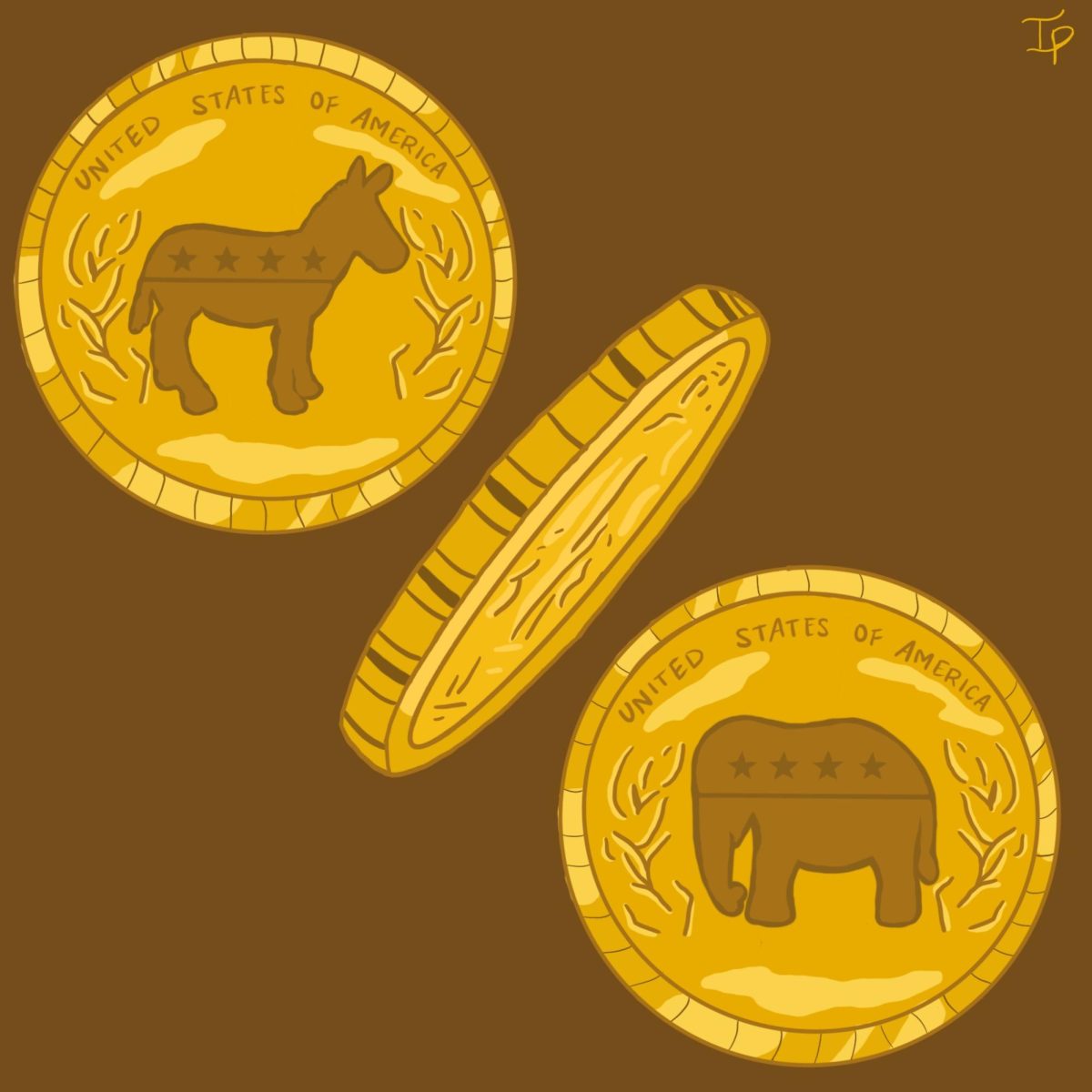Tybout: How No. 7 could have been made
November 17, 2010
If Harry Potter is the boy who lived, then the “Harry Potter” series is the franchise that… If Harry Potter is the boy who lived, then the “Harry Potter” series is the franchise that flourished. But what if bolder directors had handled Harry’s cinematic debut?
As the adaptations come to a long-winded finish, it seems appropriate to pause for reflection — not on what they’ve achieved, but on what they could have achieved. Although it’s hard to imagine the movies as anything other than the string of glossy installments that invariably dominaned at the box office, there were several other avenues the series could have taken — several directors more uncompromising than the final roster. Below, I’ve examined two accomplished filmmakers whom Warner Bros. rejected, and what their “Harry Potters” might have entailed.
Terry Gilliam
Who he is: Gilliam, the famed Monty Python animator, would likely make films antithetical to the safe, grounded experiences viewers have come to expect. After all, Gilliam is erratic, indulgent, lewd and, occasionally, brilliant. His best works — “Twelve Monkeys,” “Brazil” — are triumphant fusions of intellect and vision — cerebral thrillers that are simultaneously eye-popping. His more uneven movies, however, are often inexplicable and terrifying. Either way, Gilliam would have been an economic gamble.
What happened: Though J.K. Rowling is a great Gilliam fan — citing him as her first choice for director — Warner Bros. was understandably wary about enlisting the cinematic prankster. Instead, “The Sorcerer’s Stone” and “The Chamber of Secrets” fell to Chris Columbus (“Home Alone,” “Mrs. Doubtfire”), a director who, contrary to his namesake, is not an adventurous filmmaker, and rarely strays from cinematic convention. From a studio’s perspective, he was the perfect figure to launch the franchise.
His reaction: Although he expressed satisfaction with Alfonso Cuarón’s “The Prisoner of Azkaban,” Gilliam was predictably displeased with Columbus’ work, dismissing the first two films as “shite” and “a factory job.” In a 2009 interview with Total Film magazine, however, Gilliam was decidedly less combative, acknowledging that “I would have gone crazy,” and that when it comes to Gilliam flicks, “I’m like a suicide bomber.” In other words, Warner Bros. was right to snub cinema’s mad scientist.
How a Gilliam “Harry Potter” might turn out: Visuals would be distorted like a funhouse mirror; Harry and friends would appear kooky and bizarre — Harry would likely resemble the protagonist of “Brazil”: a frail but good-natured poindexter; the villains and unseemly creatures would be grotesque; a distinct strain of black humor would permeate a movie supposedly targeted at young adults.
Steven Spielberg
Who he is: Anyone unfamiliar with Spielberg is either a recluse or an infant. In either case, they won’t be reading this column.
What happened: Spielberg was doubtlessly a more difficult director to turn down. After all, Spielberg, unlike Gilliam, is a master of consistency: a survey of the man’s IMDb reveals an uncanny track record of critical and commercial success.
In the end, what probably did the blockbuster auteur in was ambition: according to the Los Angeles Times, when Spielberg was offered the series he proposed combining a few of the books into an animated feature. Because the “Potter” stories are rife with spectacle, and because animation in no way precludes a large profit, this was not a bad idea. But it was nonetheless a move too bold for finicky movie studios intent on satisfying the largest possible demographic. In the end, Spielberg’s vision was too uncompromising.
His reaction: Spielberg had a pithy take on his involvement, quipping in 2001, “I purposely didn’t do the Harry Potter movie because, for me, that was shooting ducks in a barrel. It’s just a slam-dunk. It’s just like withdrawing a billion dollars and putting it into your personal bank accounts. There’s no challenge.” Admirable, but unbelievable — especially from the director of numerous tentpole sequels, including “The Lost World,” a “Jurassic Park” follow-up, and “Indiana Jones and the Last Crusade.”
How a Spielberg “Harry Potter” might turn out: Animated, of course — a lush, minutely detailed aesthetic similar to Pixar; characters would be fully fleshed-out, but undermined by their cartoonish appearance; the screenplay would be fine-tuned to produce impeccable timing and suspense; the films’ most memorable quality would be its awe-inspiring rendering of the environment and creatures.


